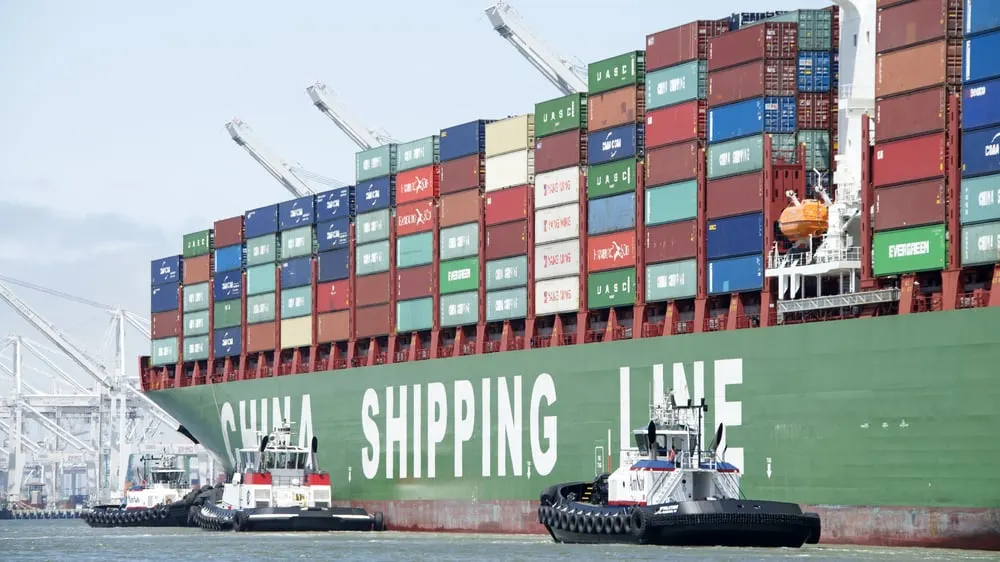The price of Bitcoin reclaimed $100,000 Monday and continued climbing as the U.S. dollar weakened, following a report that President-elect Donald Trump’s team is considering a pared-back tariff plan.
The Washington Post reported that following Trump’s calls for “universal” tariffs on the campaign trail, his team is still considering taxes on goods and services imported from every country—but the plan could be limited to covering only critical imports.
The Post, which cited three people familiar with the matter, stated the plan remains in flux as Trump gears up to return to the White House in two weeks. A targeted tariff plan could focus on imports from sectors deemed critical to U.S. national and economic security, such as medical supplies or energy production, the paper reported.
In a Truth Social post, Trump pushed back on the Post’s reporting, arguing that it “incorrectly states that my tariff policy will be pared back.” In September, Trump proposed a tariff of up to 20% on U.S. imports, alongside a whopping 60% tariff on goods and services from China, per PBS News.
As an asset correlated with the U.S. Dollar’s strength, higher tariffs could weigh on Bitcoin’s price short-term, Grayscale Managing Director of Research Zach Pandl told Decrypt.
“Higher tariffs, all else equal, will mean dollar strength,” he said. “The impact is indirect, but tariffs can have an effect on Bitcoin’s valuation because it is correlated to the dollar.”
The U.S. Dollar Index (DXY), which measures shifts in the dollar’s value relative to a basket of other currencies, fell 0.6% Monday to 108.29, according to TradingView. Last week, the index reached 109.43—its highest level since October 2022.
Bitcoin’s price surged above $102,000 early Monday, punching above the $100,000 mark for the first time in more than two weeks. Last month, the leading cryptocurrency climbed as high as $108,000, setting a new all-time price record for the asset, only to fall as a hawkish outlook on rate cuts dented Bitcoin’s price.
The Federal Reserve signaled that it would cut interest rates at a relatively cautious pace this year, slashing the U.S. central bank’s forecast to two 25-basis-point rate cuts—down from four.
Lower interest rates typically support risk assets, as they reduce borrowing costs, increase consumer spending, and make traditionally safer investments like bonds or cash less appealing.
While higher tariffs could weigh on Bitcoin’s price short-term, Pandl described their increased use as part of structural changes in international trade and financial norms that have guided the global economy for the past few decades.
“In the longer run, they are part of the larger trends that are fragmenting the dollar-based, international financial system,” he said, adding that they have been “driving investors to alternative stores of value like physical gold and Bitcoin.”
Edited by Andrew Hayward

